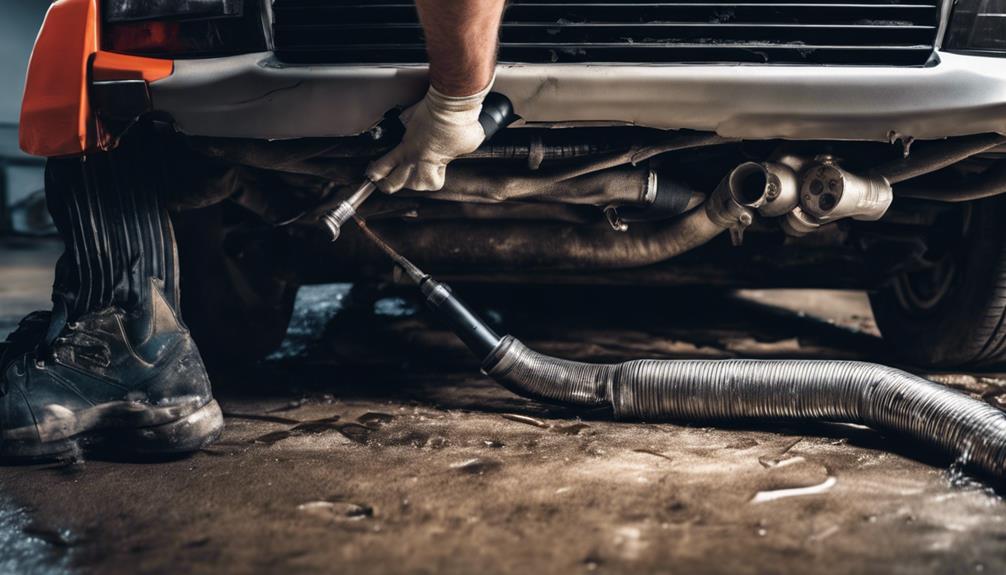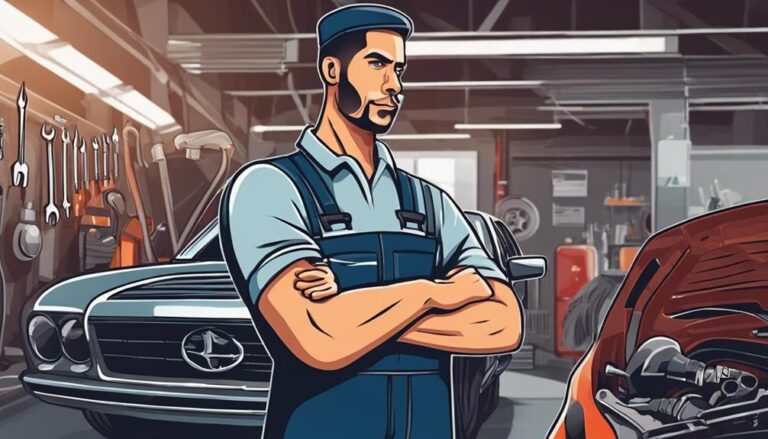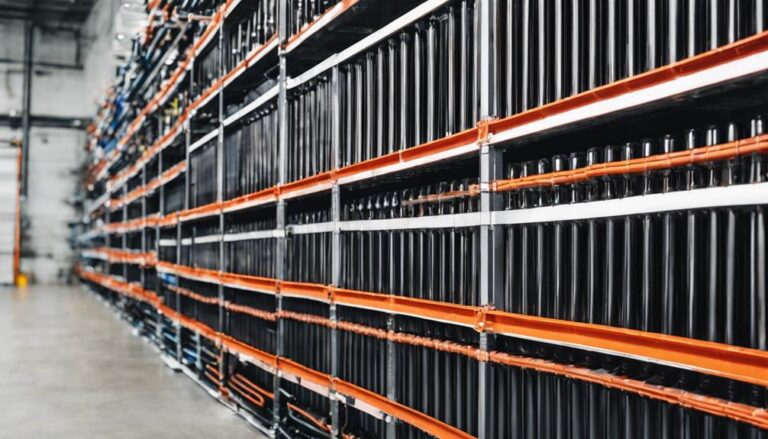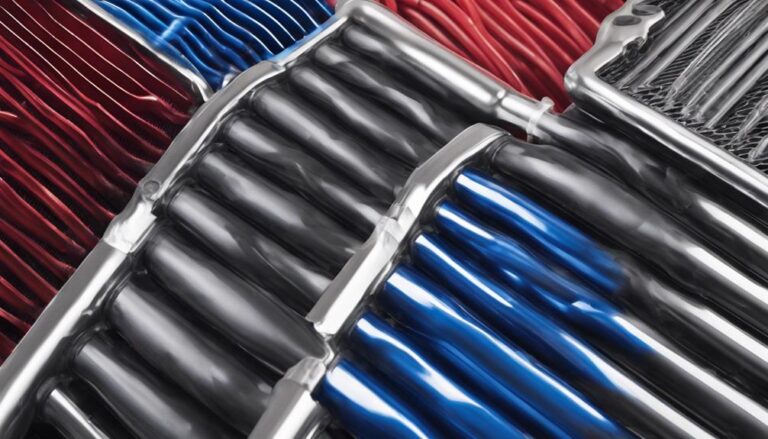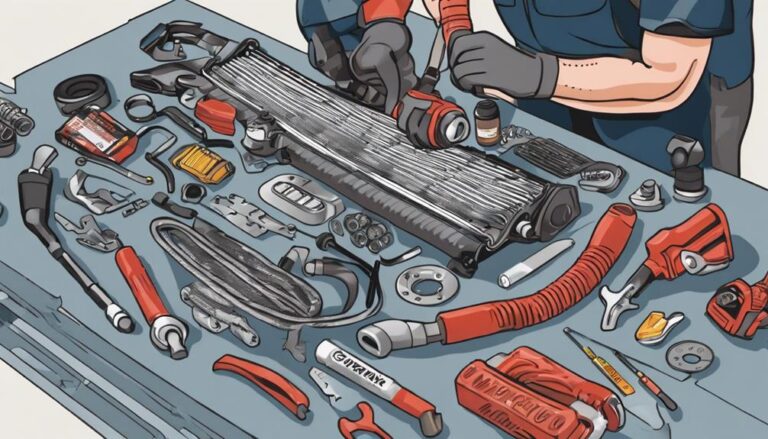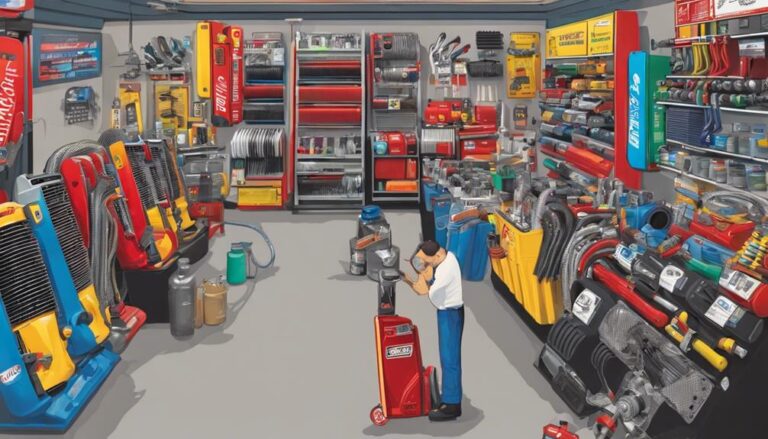Diagnosing Radiator and Hose Problems: A Guide
When it comes to your car's radiator and hoses, they are the critical arteries that keep your vehicle running smoothly.
But what happens when they start showing signs of wear and tear? Understanding the early indications of radiator and hose problems can save you from unexpected breakdowns and costly repairs.
So, how can you safeguard the health of these essential components and prevent potential disasters on the road?
Key Takeaways
- Detect common signs like leaks and damage for early radiator hose issue detection.
- Identify coolant leaks through visible signs and engine overheating.
- Address misalignment and kinks promptly to ensure proper coolant flow.
- Recognize collapsed hoses as symptoms of underlying problems and take necessary corrective actions.
Common Signs of Radiator Hose Issues
If you notice visible damage such as cracks, holes, or swelling on your radiator hoses, it could indicate potential issues that need immediate attention. Radiator hoses are important components of your vehicle's cooling system, responsible for carrying coolant to and from the engine. Signs and symptoms of faulty radiator hoses include coolant leaks, which can lead to a loss of coolant and eventual overheating of the engine. An overheating engine is a serious concern that can cause significant damage if not addressed promptly.
Another indicator of radiator hose problems is a collapsed radiator hose. A collapsed hose can restrict the flow of coolant, reducing the cooling capacity of the system and increasing the risk of engine overheating. Additionally, a soft or spongy feel to the hose may suggest internal deterioration, signaling a potential failure in the near future. It's important to replace damaged or faulty radiator hoses to make sure the proper functioning of your vehicle's cooling system and prevent engine issues down the line.
How to Detect Coolant Leaks
Detecting coolant leaks in your vehicle involves observing specific indicators that can help identify potential issues with the radiator hoses or other cooling system components. One way to detect coolant leaks is by looking for a pool of fluid under the car or small drips around the engine bay. Additionally, moisture marks on the outside of the hose can be a clear sign of a leak. If your engine is frequently overheating, it could be due to a coolant leak from a damaged hose. Inspect the hoses for any heat damage, including a hardened finish, cracking, or degradation, as these may indicate leaks. Electrochemical degradation (ECD) can also lead to coolant leaks in radiator hoses. Use the table below as a quick reference guide to help you diagnose coolant leaks efficiently.
| Indicator | Possible Issue |
|---|---|
| Pool of fluid | Leak under the car |
| Small drips | Around the engine bay |
| Moisture marks | On the outside of the hose |
Identifying Hose Misalignment and Kinks
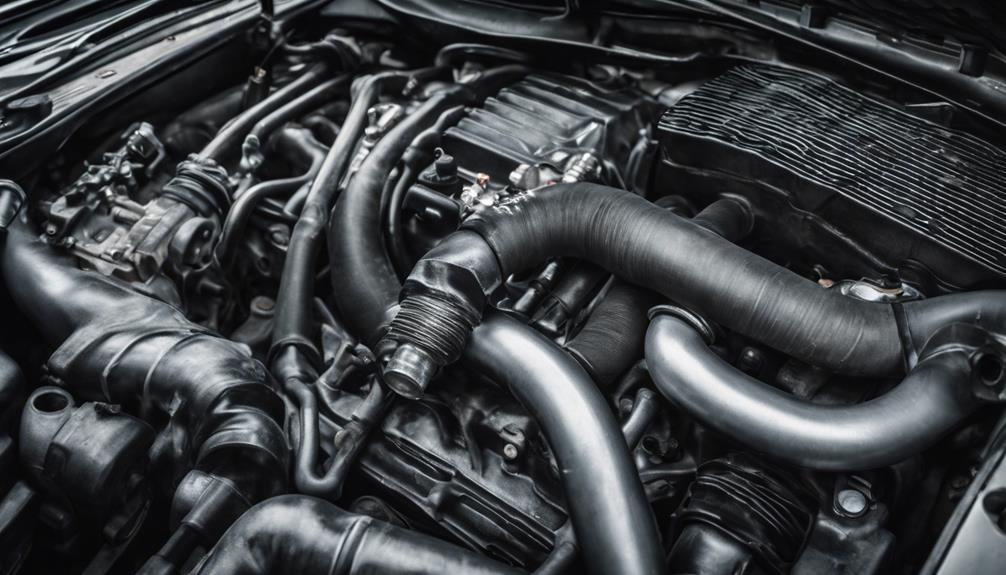
To identify potential issues with radiator hoses, you must carefully inspect for misalignment and kinks that can impede coolant flow and lead to engine overheating. The upper radiator hose plays a critical role in maintaining proper cooling for your car's engine.
Misalignment occurs when the hoses aren't correctly positioned, affecting the smooth circulation of coolant. This disruption in coolant flow can result in inefficient cooling of the engine, potentially causing overheating.
Kinks in hoses are another common problem that can hinder the flow of coolant. These bends restrict the passage of coolant, leading to increased pressure on the cooling system and the engine. Kinks may stem from incorrect installation, aging of the hoses, or external pressure exerted on them.
Regular inspection of radiator hoses is essential to detect misalignment or kinks promptly. Addressing these issues promptly guarantees performance, efficient cooling, and prevents potential damage to the engine.
Understanding Hose Collapse Symptoms
Inspect radiator hoses for signs of collapse to diagnose potential issues in the vehicle's cooling system. A collapsed radiator hose could be a symptom of various underlying problems. One common cause is a vacuum issue stemming from a faulty radiator cap. Additionally, clogging in the smaller runoff hose can lead to the collapse of radiator hoses. A dirty or clogged radiator may also contribute to hose collapse. To address collapsed hoses, consider replacing the radiator cap or cleaning/replacing the runoff hose. In severe cases, flushing the cooling system might be necessary, especially if the radiator is clogged, causing hose collapse symptoms. Regular inspection of the radiator hoses can help catch these issues early on, preventing further damage to the cooling system.
| Radiator Hose | Possible Causes | Solutions |
|---|---|---|
| Collapsed | Vacuum issue from cap | Replace radiator cap |
| Clogging in runoff hose | Clean or replace hose | |
| Dirty or clogged radiator | Flush cooling system if needed |
Steps to Replace a Faulty Radiator Hose

After identifying potential issues such as hose collapse symptoms in the cooling system, the next step is to efficiently replace a faulty radiator hose.
Start by draining the coolant from the system to avoid spills. Next, disconnect the clamps securing the old hose and carefully remove it to prevent damage. Inspect fittings and hose connections for signs of wear or damage.
When installing the new radiator hose, make sure a secure attachment to the fittings and tighten the clamps to prevent leaks. Refill the cooling system with the appropriate coolant mixture.
Before driving, check for leaks or abnormalities to make sure proper installation. Properly maintaining the radiator hose is important for the vehicle's cooling system to function at its best.
Frequently Asked Questions
How Can I Tell if My Radiator Hose Is Bad?
To check if your radiator hose is bad, visually inspect for cracks, swelling, or leaks. Squeeze the hose to test flexibility. Monitor for temperature changes and coolant loss. Consider the age of the hose, look for cracks, and conduct a pressure test if needed. Replace as necessary.
What Is a Quick Way to Check Radiator Hoses?
To quickly check radiator hoses, start with a visual inspection for cracks, bulges, or swelling. Squeeze hoses to feel for soft spots. Look for leaks and make sure hoses are flexible. Replace any damaged hoses promptly to maintain your cooling system's efficiency and prevent overheating.
What Is the Most Common Coolant Hose Failure?
Inspect coolant hoses regularly for signs of fraying, leaks, or corrosion. The most common coolant hose failure is due to age and deterioration, leading to cracks and potential coolant loss. Proper preventive maintenance and timely hose replacement extend their lifespan.
How Do You Diagnose a Radiator Problem?
To diagnose a radiator problem, check for radiator leaks, overheating issues, corrosion damage, thermostat failure, water pump problems, and low coolant levels. Conduct a pressure test, inspect the radiator cap, and consider a radiator flush.
Conclusion
To sum up, diagnosing radiator and hose problems is vital for maintaining your vehicle's performance. Just like a doctor examines a patient for any signs of illness, regularly inspecting your radiator hoses can prevent major issues down the road.
By following the steps outlined in this guide, you can guarantee your car's cooling system functions smoothly and efficiently, like a well-oiled machine. Remember, proactive maintenance is key to avoiding costly repairs in the future.

